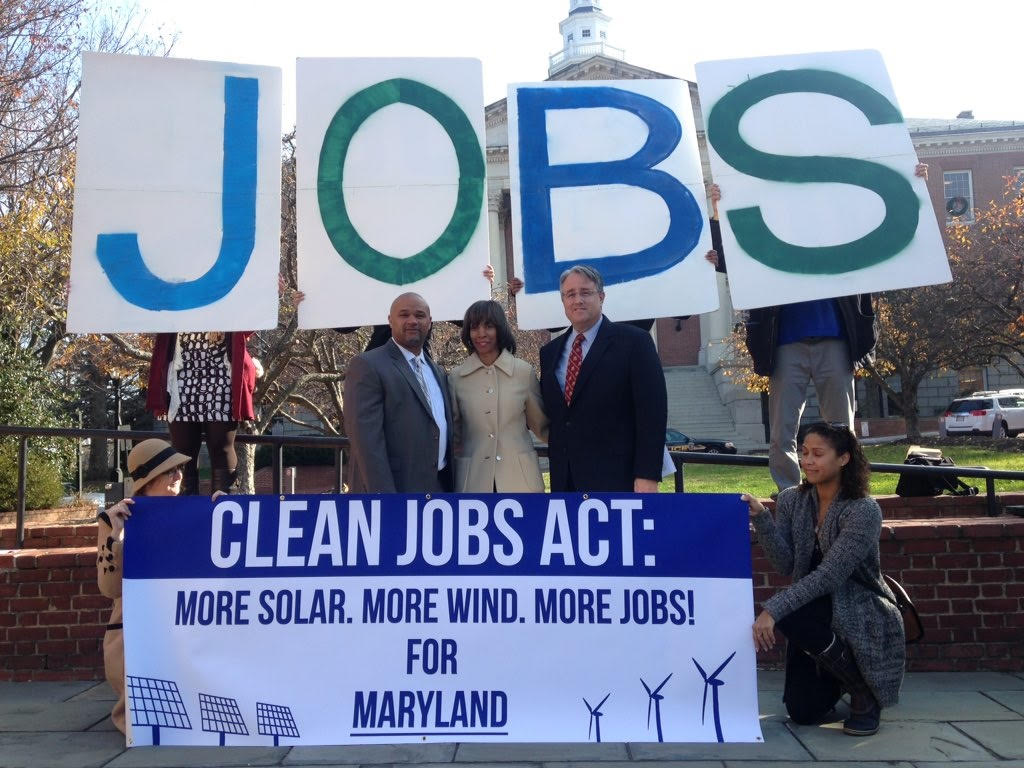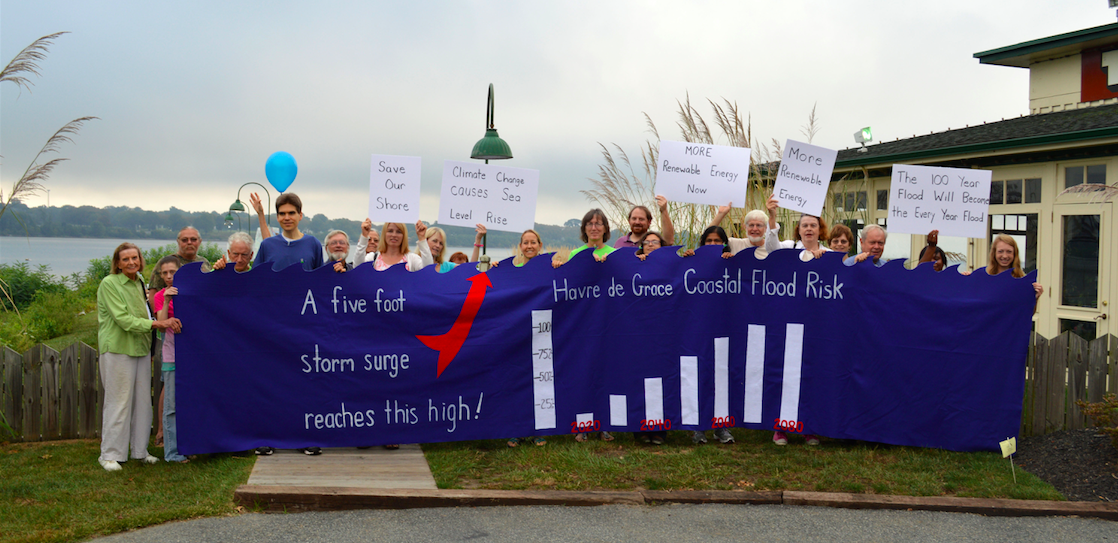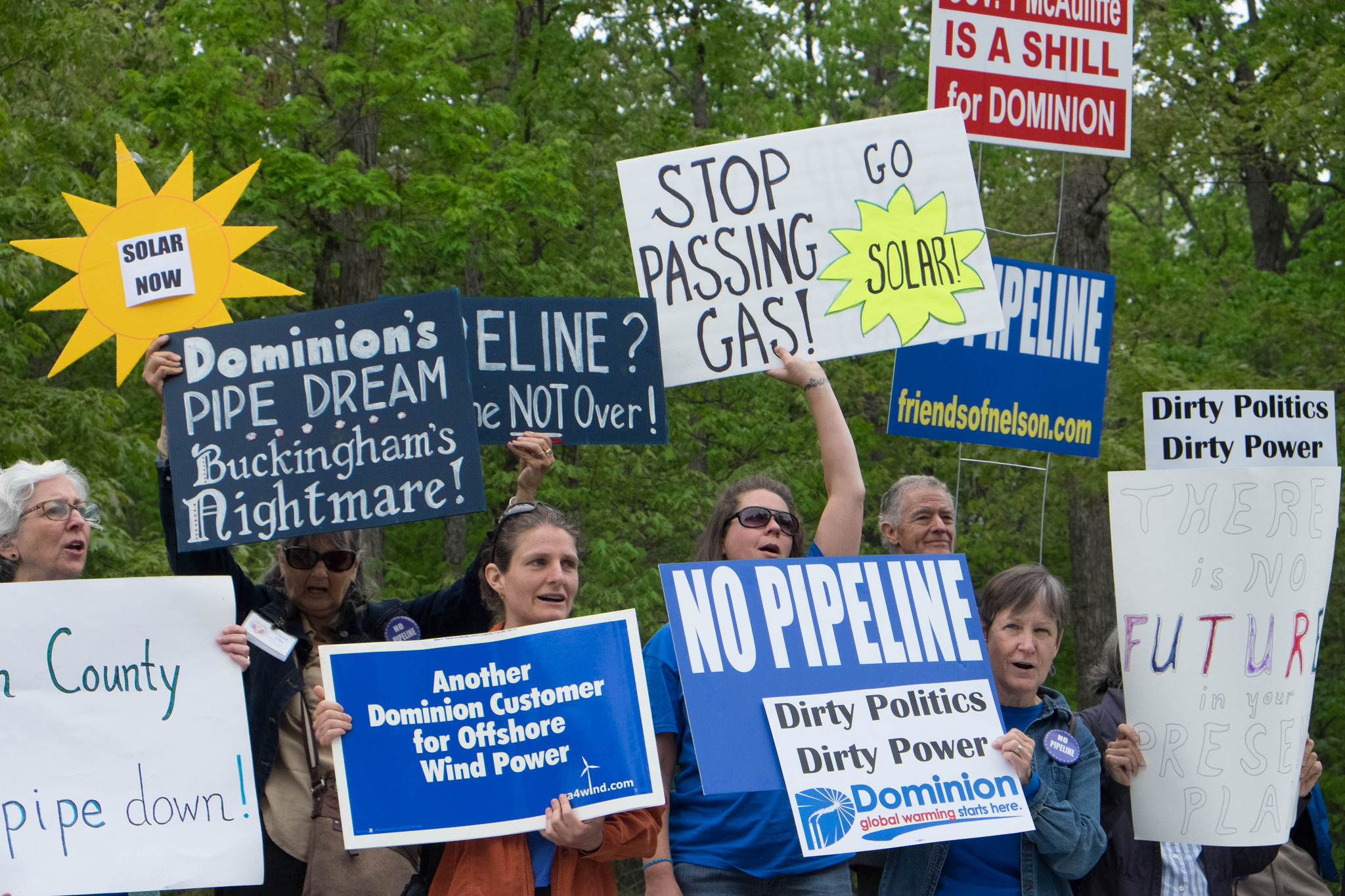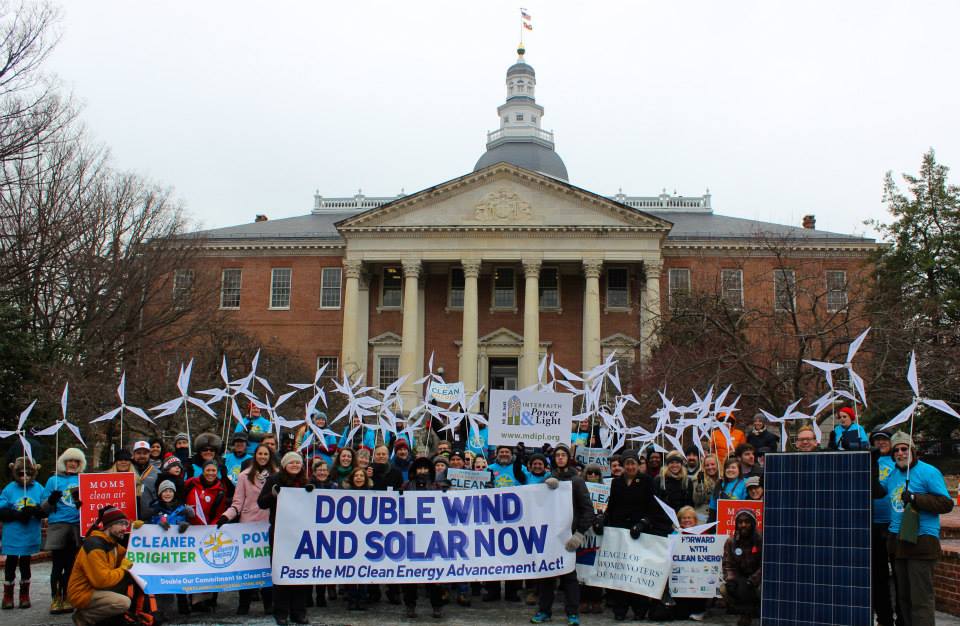Amazing things happen when states support the expansion of energy efficiency programs: electricity bills decline, fossil fuel pollution decreases, and the public at-large benefits. These were among the many conclusions of a highly anticipated report released last week by Analysis Group. The report studied the recorded costs and benefits of the Regional Greenhouse Gas Initiative (RGGI) from 2012 through 2014 to the nine northeast states that voluntarily participate.
RGGI is a cooperative effort that caps and reduces carbon emissions from power plants. Power plants in participating states (from Maine to Maryland) purchase allowances for every ton of carbon pollution that they emit. RGGI states agree on how many pollution allowances to offer for sale each year, setting a declining cap, and the revenue from the sale of allowances is returned to individual states. (For a background explanation of RGGI, see this CCAN fact-sheet.)
In short, the report states that directing resources to energy efficiency programs “stands out as the most economically beneficial use of RGGI dollars.”
These findings are important, particularly due to the report’s timing. In a matter of weeks the Environmental Protection Agency is expected to finalize the rules of the Clean Power Plan which will require Virginia to cut its carbon pollution by over one-third within the next fifteen years. RGGI is a solution to the Clean Power Plan and could provide Virginians with numerous other benefits as well.
Analysis Group Report: In Detail
One very important detail: This new Analysis Group report focuses solely on the economic costs and benefits of RGGI. The report acknowledges that RGGI was originally formed for the expressed purpose of reducing fossil fuel pollution to combat climate change. RGGI certainly has benefits to the environment, public health, and other areas that the researchers don’t consider as a part of the scope of this study. Analysis Group measured only the impacts of RGGI on the economy in the nine participating states.
On Energy Efficiency
RGGI states’ successful usage of energy efficiency investments paved the way towards $460 million in total electricity bill reductions for consumers in the past three years, while lowering carbon pollution faster than these states expected. The report concedes that there are many other ways states benefited by participating in RGGI, which includes both direct and indirect costs throughout the region. On the whole, Analysis Group found that the enormous benefits to consumers via energy efficiency resources created through RGGI dramatically outweighed the costs of participation in the program.
Specifically, the report found the following:
“RGGI-funded expenditures on energy efficiency depress regional electrical demand, power prices, and consumer payments for electricity. This benefits all consumers through downward pressure on wholesale prices, even as it particularly benefits those consumers that actually take advantage of such programs, implement energy efficiency measures, and lower both their overall energy use and monthly bills. These savings stay in the pockets of electricity users directly.”
In short, RGGI-supported energy efficiency dollars save consumers money. According to the latest data from the U.S. Energy Information Administration (EIA), the average residential customer’s electricity bills in the nine RGGI states is $108.43. That figure is nearly $17 lower than the average monthly residential electricity bill Virginians pay of $125.36. The national average is $111.08.
Why do customers in RGGI states pay lower electricity bills than customers in Virginia? The answer is simple: customers in RGGI states use a lot less electricity. Again referencing the latest EIA data, the average residential user’s energy consumption in RGGI states is 702 kilowatt hours (kWh) per month, far below Virginia’s average consumption in the residential sector of 1,156 kWh monthly. The national average is 909 kWh monthly.
Statewide energy efficiency programs like lighting and appliance upgrades, home insulation inspections and improvements, and general consumer efficiency education all help customers consume less electricity, which ultimately reduces customers’ bills and decreases fossil fuel generation and pollution. Customer bills in RGGI states are lower than the national average even though electricity rates in RGGI states are indeed higher than the national average. The important factor is electricity consumption, and it’s a fact that RGGI leads to less energy consumption and consumers in RGGI states use less electricity than Virginians.
Critics of RGGI and the Clean Power Plan argue that they’re too costly. However, independent studies and documented government data strongly suggest the opposite. If done correctly, Virginia can craft its plan of compliance in a way that is extremely cost-effective and actually lowers bills for consumers. RGGI is the smartest path forward for Virginia.
Other RGGI Benefits
Even though Analysis Group concludes that energy efficiency provided the most “bang for your buck” and produced the most direct economic value to consumers, the report points out that states have been increasingly more creative in the use of RGGI dollars to advance various state priorities.
“The states’ use of allowance proceeds not only provide economic benefits, but also has helped them meet a wide variety of social, fiscal and environmental policy goals, such as addressing state and municipal budget challenges, assisting low-income customers, achieving advanced energy policy goals, and restoring wetlands, among other things.”
Sea level rise from climate change is threatening our coast. Electricity bills in Virginia are among the nation’s highest. The EPA is requiring states to reduce their carbon footprint for the public’s health and welfare. It’s time for bold, yet practical solutions in Virginia to meet these challenges.
We can begin solving all of these problems by joining RGGI and wisely reinvesting our allowance resources in adaptation, energy efficiency, and other statewide priorities. The evidence is here. The program works. Now we need the wisdom and resolve to join our neighbors by becoming the 10th state participating in RGGI.











